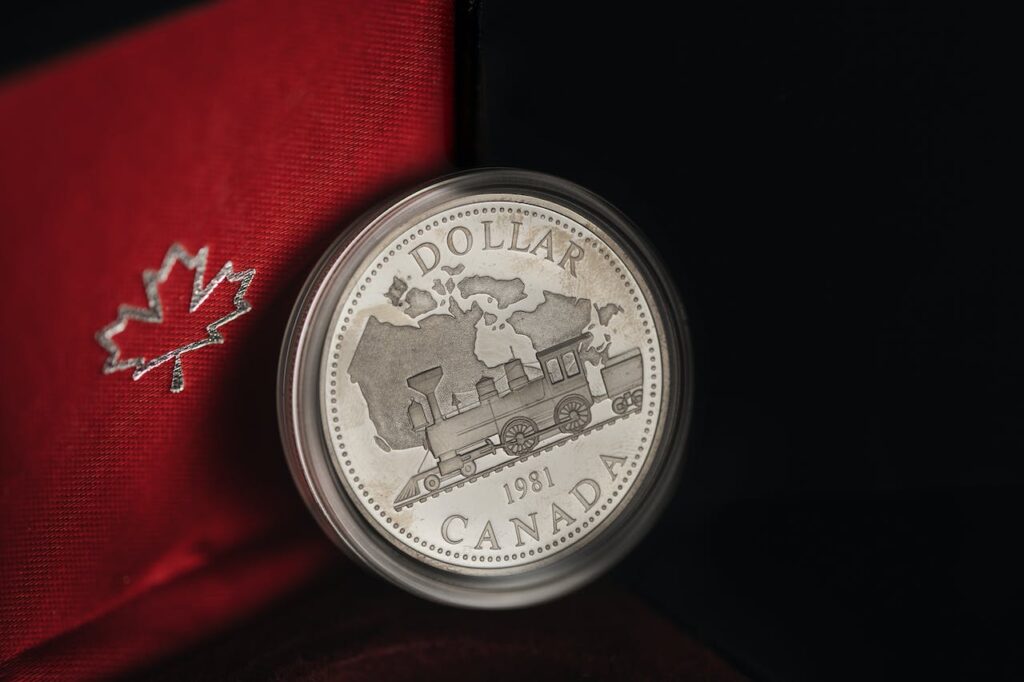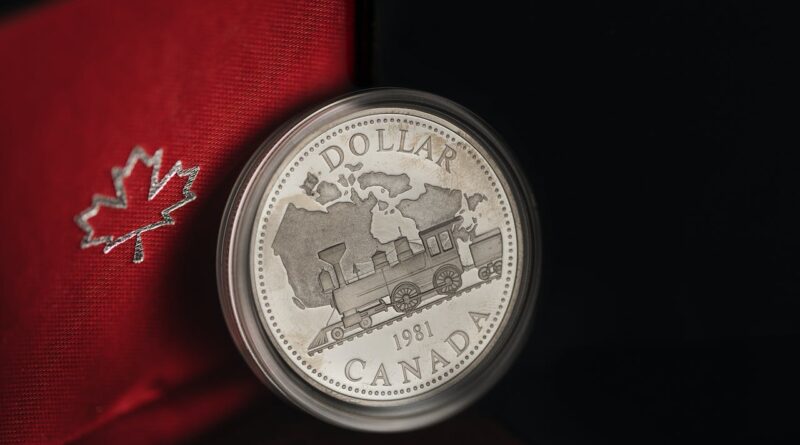Navigating the Economic Landscape: Exploring the Implications of Another Rate Hike on the Canadian Dollar
The Canadian economy has long been a subject of interest and scrutiny, with its performance often intertwined with global economic trends. In recent times, the spotlight has been on the Bank of Canada’s (BoC) monetary policy decisions, particularly the possibility of another rate hike. This post delves into the potential impact of such a move on the Canadian dollar, commonly referred to as the Loonie, exploring the various factors that could shape its trajectory.
Understanding the Basics:
Before we delve into the potential consequences of another rate hike, it’s crucial to grasp the basics. In essence, a rate hike involves the central bank raising interest rates to achieve various economic objectives. In the context of the Canadian dollar, these rate adjustments can have profound effects on its value in the foreign exchange market.
- Interest Rates and Currency Value: Interest rates play a pivotal role in determining the value of a currency. When a central bank raises interest rates, it makes the domestic currency more attractive to investors seeking higher returns. Consequently, this increased demand tends to appreciate the currency’s value.
- Inflation Targeting: Central banks, including the Bank of Canada, often use interest rate adjustments as a tool to control inflation. A rate hike is a common strategy to cool down an overheated economy and prevent inflation from spiraling out of control. In Canada, the BoC has a target inflation rate of 2%, and interest rate decisions are made with this goal in mind.

Potential Impact on the Loonie:
Now, let’s explore the potential implications of another rate hike on the Canadian dollar:
- Currency Appreciation: One of the most immediate effects of a rate hike is the appreciation of the domestic currency. As the BoC raises interest rates, it signals confidence in the economy’s strength, attracting foreign capital seeking higher returns. This increased demand for the Canadian dollar can lead to an upward pressure on its value in the foreign exchange market.
- Export Challenges: While a stronger currency can be beneficial in some aspects, it poses challenges for the export-oriented Canadian economy. A more expensive Canadian dollar makes the country’s exports relatively pricier for foreign buyers, potentially leading to a decline in export volumes. Industries heavily reliant on international trade, such as manufacturing and natural resources, may face headwinds in such a scenario.
- Impact on Borrowing Costs: Higher interest rates also mean increased borrowing costs for businesses and consumers. As the cost of borrowing rises, businesses may scale back on investments and consumers may cut back on spending, potentially slowing down economic activity. This slowdown can have indirect repercussions on the Canadian dollar, as it reflects the overall health of the economy.
- Global Economic Factors: The Canadian dollar’s value is not solely determined by domestic factors; it is also influenced by global economic conditions. Trade tensions, geopolitical events, and shifts in global economic sentiment can impact the Loonie independently of domestic interest rate decisions. Therefore, understanding the broader economic context is crucial when assessing the potential impact of a rate hike.
Consideration of External Factors:
To comprehensively analyze the potential effects of another rate hike on the Canadian dollar, it is essential to consider external factors that may influence the economic landscape:
- Global Economic Trends: The interconnected nature of the global economy means that events beyond Canada’s borders can have a significant impact on its currency. Economic trends in major trading partners, such as the United States, Europe, and China, can influence investor sentiment and capital flows, thereby affecting the Canadian dollar.
- Commodity Prices: Canada, as a major exporter of commodities, is particularly sensitive to changes in commodity prices. The value of the Canadian dollar is closely tied to the prices of commodities like oil, natural gas, and minerals. A rate hike, while impacting the Loonie through interest rate differentials, may also intersect with changes in commodity prices, adding complexity to the currency’s movements.
- Geopolitical Developments: Geopolitical events, such as trade disputes, diplomatic tensions, or global conflicts, can introduce uncertainty into financial markets. Such uncertainties often lead to shifts in investor behavior and can impact the perceived safety and attractiveness of currencies, including the Canadian dollar.
At the end of the day, the potential consequences of another rate hike on the Canadian dollar are multifaceted and require a nuanced understanding of economic dynamics. While a rate hike can signal economic strength and attract foreign capital, it also poses challenges for export-oriented industries and may impact borrowing costs. The interconnected nature of the global economy and the influence of external factors further add layers of complexity to predicting the Loonie’s trajectory.
Investors, businesses, and policymakers alike must closely monitor developments in both domestic and international arenas to navigate the evolving economic landscape. The Canadian dollar, with its unique set of challenges and opportunities, remains a dynamic currency whose value is shaped by a myriad of factors, making it a subject of continued interest and analysis in the ever-changing world of finance.


